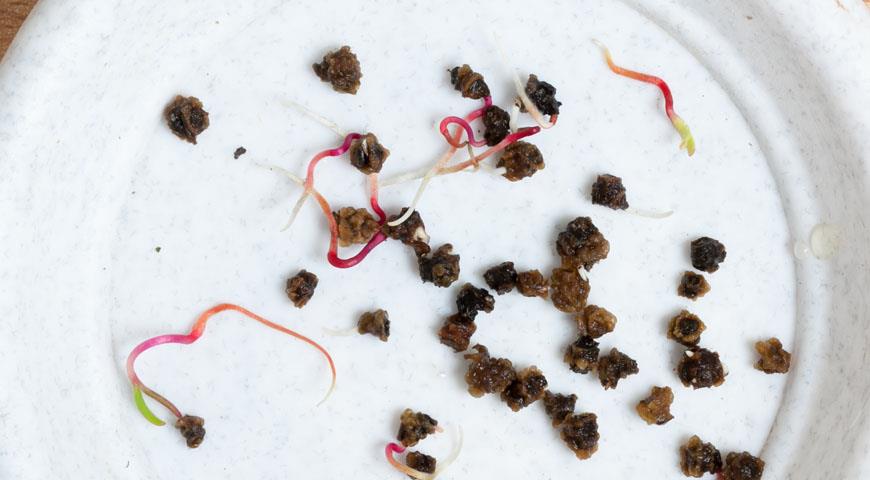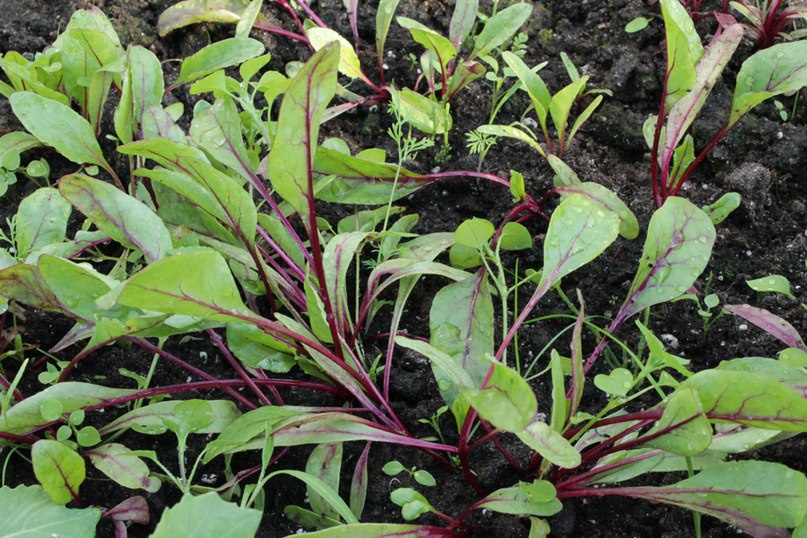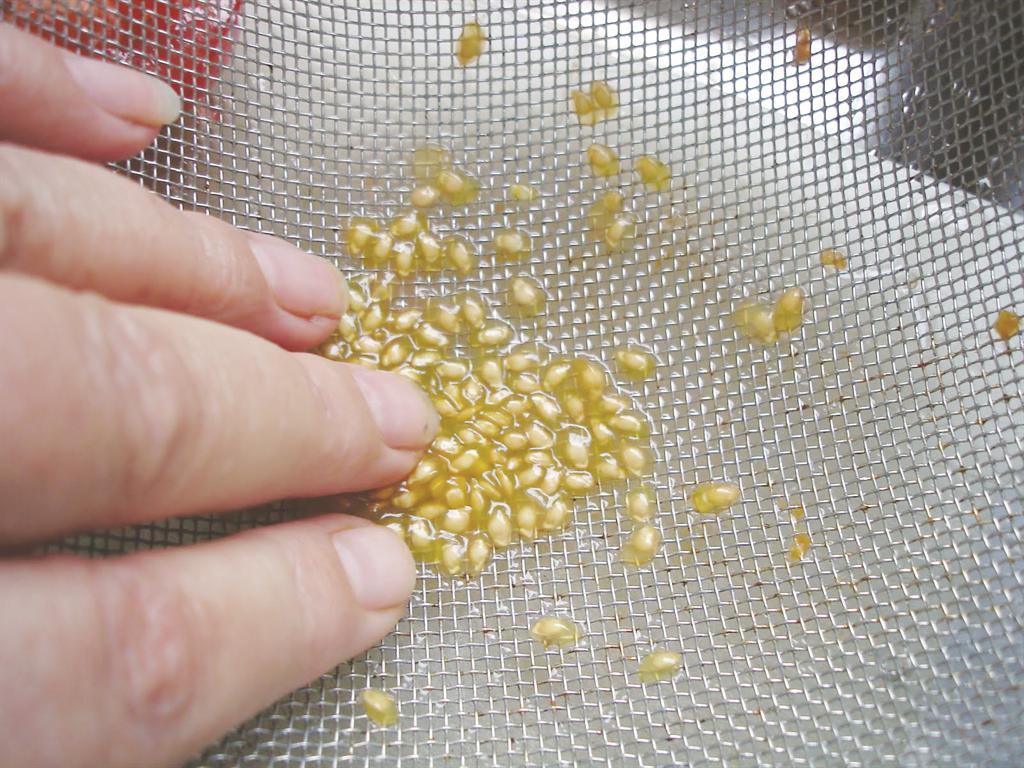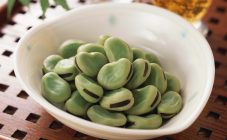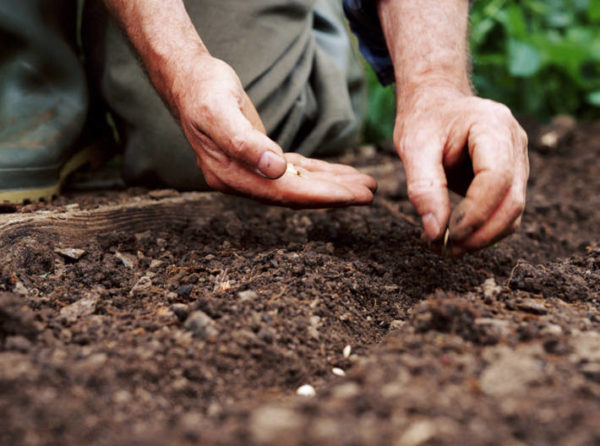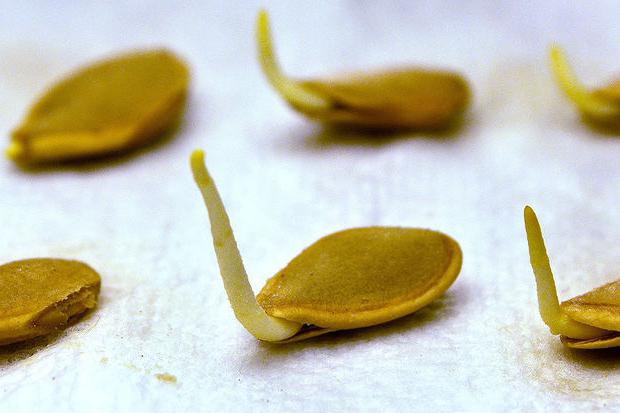Content:
Some gardeners spread dry seeds in moistened holes, others prefer to carry out pre-sowing treatment. Is it necessary to soak beet seeds before planting, new summer residents are interested. You can, of course, lay the beds dry, but then the harvest will have to wait longer, and the productivity will not be what you expected.
How to soak
Spring is the time of work in the garden, but, first of all, before planting is carried out, it is necessary to check the seeds for germination in order to immediately reject unpromising ones. To determine the viability, a certain number of seeds are taken, assuming that this is 100% (an experimental batch that helps to determine the percentage of germination).
The correct process looks like this. Using filter (toilet) paper, the seed is laid out between the layers. Then it is carefully rolled up and placed in a glass filled with water (room temperature).
The paper can be replaced with several layers of cheesecloth on a saucer. In this case, it is necessary to moisten the material every day. After a decade, they look at how many seeds have sprouted, and calculate the percentage of the total soaked amount.
This will help determine the volume of planting material from which the seedlings will be grown (or the bed will be sown). A good germination rate is 80%, but it should be taken into account that the smaller the number of seeds is taken for the experiment, the greater the error in the result.
Those that surfaced can be thrown away immediately - they will not sprout. Selected seedlings are washed in running water and dried. This is followed by the stage-by-stage preparation of seeds, preceding germination, after which planting will already be more effective.
Planting material processing
Calibration already guarantees a 35% yield increase. But if the seeds undergo pre-sowing treatment, then the germination rate will be maximum. True, homegrown grains undergo these stages. Branded seeds in bags have already passed the disinfection stage and are ready for use, so there is no need to process them.
Heat treatment
It is the fastest and least time consuming but necessary way to protect the seed from disease. After the beet has been selected, the seeds should be kept for 3 hours in warm water (50-60 degrees) or, collected in a gauze bag, heated on a battery. After such processing, the grains increase immunity to viruses and fungi.
Etching
Each gardener has his own ways to carry out chemical disinfection. Most often, a solution of potassium permanganate is used, but sulfur, red lead and other dressing agents sold in the store can be used.
Pelleting
If the beets are fertilized before germination, the sprouts that the seed will give will be strong and large. This will greatly increase the chances of a good harvest. You can use an organic-mineral mixture for vegetable crops, but wood ash is sufficient.It is poured over the seeds placed in a jar, and shaken well for several minutes.
Stratification
An important point that pre-sowing treatment includes is seed hardening. The moistened infructescence is wrapped in cheesecloth and kept in the refrigerator for 2 days. You can also put dry grains in a moist substrate (for example, sand) and keep them at a temperature of minus 5 degrees. Such an artificial change in dormancy conditions will protect the beets from unexpected frosts if sowing is carried out in open ground.
Growth stimulation
Before germination, it is recommended to treat the seed material with growth regulators, following the instructions attached to the preparation:
- for example, you can use Energen: in 1 liter of water, it is enough to add 10 drops of the product and keep the seeds for a day;
- from the same category, preparations are recommended Bioglobin, Epin, Ecost, Vympel, Albin, Zircon (the last two are leaders in agricultural technology);
- superphosphate will give a good result (1 tsp per liter);
- the method of bubbling is based on saturating the water in which the seeds are soaked with oxygen; in this case a compressor for an aquarium is perfect.
Each of the options will provide amicable fast germination of sprouts.
Germination
At this stage it is recommended to use the methods of experimental soaking described above (on a saucer or in a "snail"). Pre-moistened seeds will hatch 5 days earlier. You can just hold the grains in water, and then spread them in one layer on cotton wool, without covering. Germination is carried out at room temperature.
How to sprout beets quickly
Experienced gardeners have their own secrets of this preparatory stage, which make it possible to accelerate the appearance of sprouts and make germination more friendly. So, for example, it is recommended to pre-soak the seeds in a mineral-organic mixture, which is prepared in a similar way:
- for a start, take 2 cans of 1 liter of rain, melt or distilled water;
- in one add 100 g of slaked lime, in the other - 50 g of chicken droppings, half a glass of slurry, 10 g of urea, 5 g of potassium salt and superphosphate;
- both containers are kept in a dark place for 4 days, then their contents are mixed;
- the composition must stand for another 2 months for fermentation, and only then the seeds will be soaked in it.
Next, the planting material is laid out on cotton pads (they must be periodically sprayed with water) and sprouts are expected to appear, which will happen quickly enough.
At this stage, one should take into account such a feature of the biological material - soaking awakens the embryo, which develops through cell division. Therefore, he needs warmth and an obligatory component - oxygen, so it is better to germinate seeds in a wide, low container.
In a city apartment, the best option would be a substrate of wet sawdust placed in a container, which, in turn, is placed in a plastic bag. The seeds laid on such a substrate are covered with another layer of sawdust. As a result, soaking smoothly transitions to the germination stage. Once the sprouts show through the sawdust, they can be planted in open ground.
Ways to accelerate seed germination
- vodka is not only a good disinfectant that replaces a manganese solution, but also an excellent germination stimulator; after keeping the seeds in alcohol for 2 hours, they are thoroughly washed and only then germinated;
- boric acid for soaking take 1.5 tsp. for 1 liter of distilled water; in this case, the seeds are kept in the solution for 12 hours until germination;
- it is possible to germinate, and also harden in parallel beetroot seedlings in this original way: the seeds are placed in a linen bag, which is buried in the garden in the place where the snow thaws have formed; this area is covered with sawdust or straw; after 2 weeks, the bag is removed and the seeds are used for seedlings;
- earlier in Russia, wood ash (2 tbsp) was used, diluted in warm water (1 l); the infusion was kept for 2 days, then a canvas bag with seeds was placed in it, which had to be soaked for 10 hours; after that, sowing was carried out on the beds;
- an excellent accelerator will be a steam bath, which allows you to soak the beetroot fruit as much as possible; a tea strainer is installed on a plastic baby bucket (you can use a nylon female footprint secured with an elastic band); boiling water is poured into the container so that it does not reach the strainer on which the seeds are placed; covering the bucket with a lid, stand for 12 hours; then it must be opened and the sprouts planted in the ground;
- by 1/3 will increase the germination of potassium seeds, humate or peroxide; the first drug is diluted with water until a rich tea shade appears; hydrogen is taken at a concentration of 0.5%; in any of these solutions, the seeds are kept for no more than 20 minutes;
- if an agave grows on the windowsill, you can use its juice as a stimulant that gives a quick result; in this case, the plant must be at least 3 years old; cutting off the fleshy leaf of aloe, it is kept for 5 days in the refrigerator, then the juice is squeezed out; half a liter of warm water will need 15 drops of juice; this solution is moistened with a cloth (preferably gauze), in which the seeds are wrapped.
Growing root crops will be more efficient if the seeds are pre-sowed. Germination with the use of stimulants (both factory and folk) helps to maximize germination. Therefore, the question: whether it is necessary to soak beet seeds can be considered rhetorical, because the effect of this procedure is obvious.
